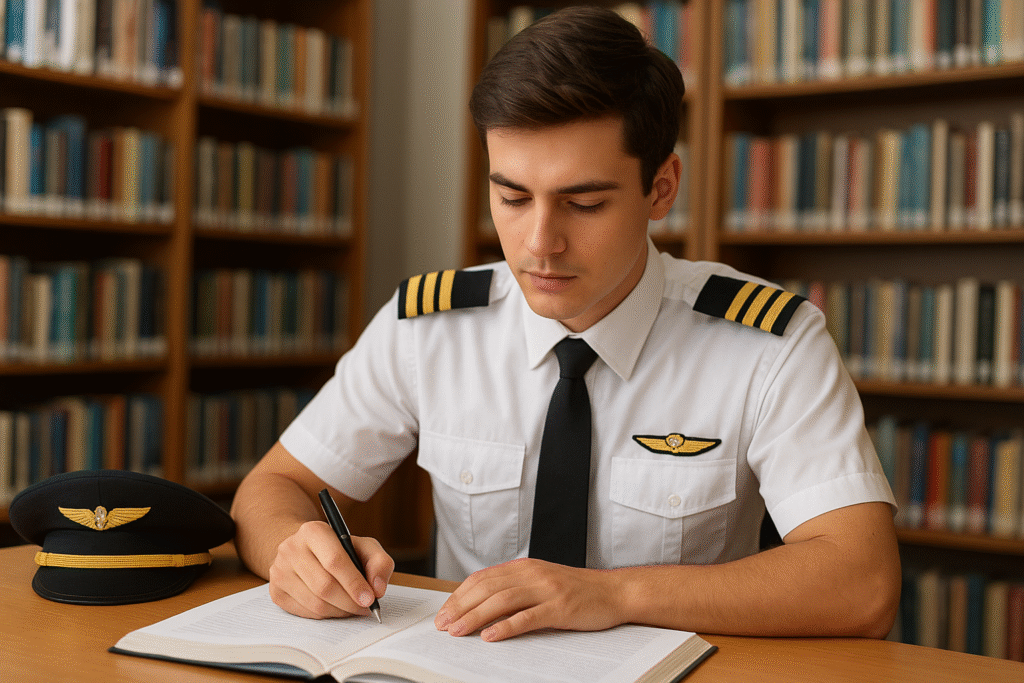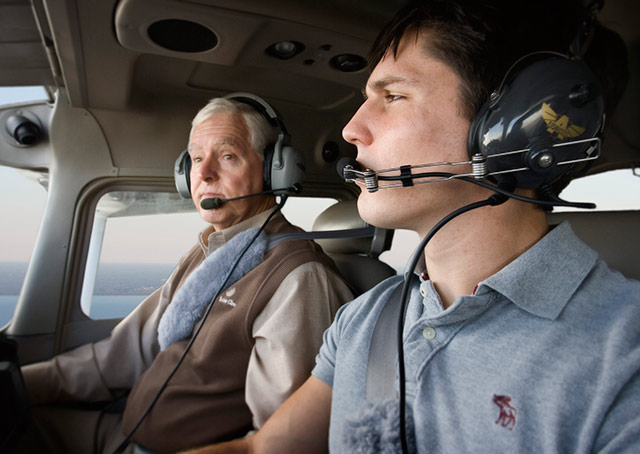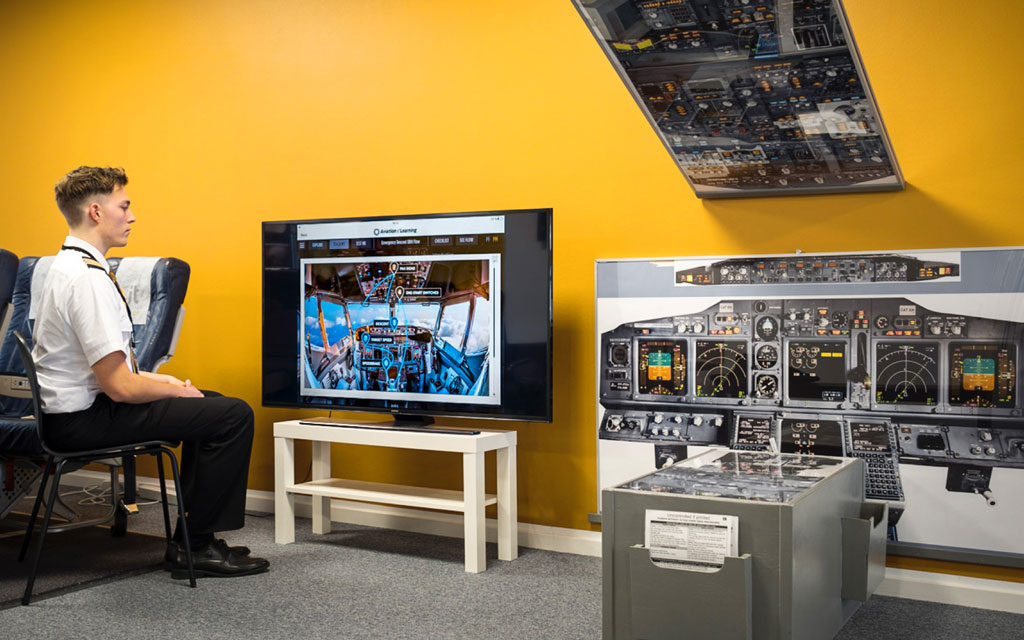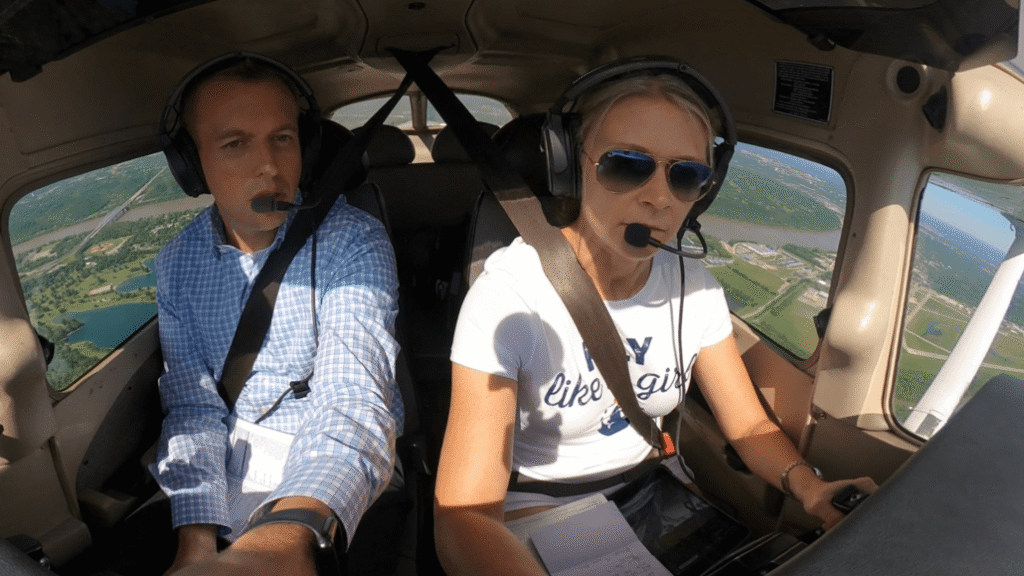A Student Pilot’s Guide to Maximising Learning During Flight Lessons
Dual instruction time is expensive, precious, and the foundation of your aviation journey. Every minute you spend with your certified flight instructor (CFI) is an investment in your skills, safety, and future as a pilot. Yet many student pilots unknowingly waste valuable dual time through poor preparation, unclear communication, or passive learning habits.
Here’s how to transform every flight lesson into maximum learning and accelerated progress toward your pilot certificate.
Before You Even Start the Engine
Come Prepared, Not Just Present
Review the lesson plan beforehand. Most quality flight schools provide lesson outlines or syllabi. Study what you’ll be practicing that day. If you’re working on steep turns, review the technique, common errors, and performance standards before you arrive.
Bring specific questions. Instead of saying “I don’t get crosswinds,” come with targeted questions like “Yesterday during the crosswind landing, you said to lower the upwind wing more. How do I know how much is enough?”
Complete ground study first. Don’t use expensive flight time to learn concepts you could study at home. Understand the theory behind what you’re practicing in the air.

Set Clear Learning Objectives
Start each lesson by discussing what you want to achieve. A good conversation might sound like:
“Today I’d like to work on my crosswind landings. I’m struggling with keeping the aircraft centered on the runway during the flare. Could we practice the technique at altitude first, then do pattern work?”
This gives your instructor a clear target and helps them tailor the lesson to your specific needs.
During the Flight: Active Learning Strategies
Verbalize Your Thought Process
Talk through your decisions. Instead of silently performing maneuvers, narrate what you’re doing and why, this is what we call callouts
- “I’m adding right rudder because I can see the nose is yawing left”
- “Traffic pattern altitude here is 1,000 feet, so I’m starting my descent now”
- “Wind is from the southwest at 12 knots, so I’ll need left aileron and right rudder on final”
This helps your instructor understand your thinking and correct misconceptions before they become habits.

Ask “What If” Questions
During quieter moments in flight, pose scenarios:
- “What if the engine started running rough right now?”
- “What if we had to land at a different airport due to weather?”
- “What if I was too high on final approach here?”
These discussions build decision-making skills and expand your knowledge beyond the planned lesson.
Request Demonstrations When Needed
Don’t struggle in silence. If you’re not getting something, ask your instructor to demonstrate while you follow along on the controls. Many students learn better by feeling what the correct technique should be like.
Maximizing Different Types of Instruction
Pattern Work and Landings
- Request specific feedback: “Was that approach too fast, or was my flare timing off?”
- Practice chair flying: Between flights, visualise the traffic pattern and your actions.
Sit down, visualise you’re in the aircraft and you’re about to perform a Steep turn, outloud give callouts of your pre manoeuvre check. Repeatedly perform the actions that you would do in the aircraft, so that you build a muscle memory for when you’re in flight. Once you’re done, dont forget to memorise your post manoeuvre check.

- Ask for progressive instruction: Start with your instructor handling some controls, gradually taking over more responsibility
Cross-Country Flights
- Take the lead on planning: Present your flight plan and have your instructor review it rather than passive participation
- Practice real-world scenarios: Ask to divert to alternate airports or handle simulated weather changes
- Manage the radios: Communication is a critical skill—use it or lose it
Instrument Training
- Focus on procedures first, then smoothness: Get the steps right before worrying about perfect altitude control
- Understand the “why” behind each approach: Don’t just memorize; understand the logic
- Practice partial panel early: Build confidence in backup instruments
Communication That Accelerates Learning
Give Honest Feedback About Your Comfort Level
Your instructor needs to know when you’re overwhelmed or when you’re ready for more challenge. Use a simple scale:
- “I’m at about a 3 out of 10 comfort level with steep turns”
- “That landing felt like a 7—I’m getting more consistent”
Discuss Learning Preferences
Tell your instructor how you learn best:
- Visual learners: Ask for diagrams, charts, or demonstrations
- Auditory learners: Request more verbal explanations and discussions
- Kinesthetic learners: Ask to feel the controls during demonstrations
Address Concerns Immediately
If something doesn’t make sense or feels unsafe, speak up right away. Your instructor would rather explain something twice than have you practice incorrect techniques.

Post-Flight Debriefing: The Secret Sauce
The learning doesn’t stop when the engine shuts down. The debrief is where knowledge solidifies.
Come with Self-Assessment
Before your instructor gives feedback, evaluate your own performance:
- What went well?
- What needs improvement?
- What confused you?
This self-reflection builds critical thinking skills essential for solo flight.
Take Notes
Write down key points, mistakes to avoid, and techniques to practice. Review these notes before your next flight.
Plan the Next Lesson
End each session by discussing what to focus on next time. This continuity accelerates progress and prevents time wasted on unclear objectives.
Red Flags: When Dual Time Isn’t Working
Watch for these warning signs that you might need to adjust your approach:
- Repeatedly making the same mistakes without improvement
- Feeling lost or confused about lesson objectives
- Your instructor seems distracted or unprepared
- You’re not getting specific, actionable feedback
- Progress has stalled for several lessons
Making Every Dollar Count
Dual instruction typically costs $40-80 per hour on top of aircraft rental. Here’s how to maximize that investment:
Fly regularly: Sporadic lessons mean relearning skills you’ve already paid to develop. Aim for 2-3 flights per week if possible.
Stay healthy: Don’t waste money on lessons when you’re sick, tired, or distracted. You won’t retain much, and you might develop bad habits.
Prepare at home: Ground study is free. Flight time isn’t. Do your homework.
Ask about ground instruction: Many concepts can be taught more effectively (and affordably) on the ground with visual aids and without the distractions of flying.
Building the CFI-Student Partnership
Remember, your instructor wants you to succeed. They’re invested in your progress and safety. The best student-instructor relationships are partnerships where both parties actively work toward your goals.
- Be punctual and prepared
- Ask questions freely
- Provide feedback about teaching methods that work for you
- Show appreciation for good instruction
- Stay committed to consistent training
The Solo Milestone: Proof of Effective Dual Time
When you’re ready for solo flight, it’s evidence that your dual instruction time was well-spent. You’ll have developed:
- Consistent aircraft control
- Good decision-making skills
- Proper procedures and habits
- Confidence in your abilities
- Respect for safety margins
Every hour of thoughtful, engaged dual instruction brings you closer to this milestone and to becoming a skilled, safe pilot.
Final Approach
Dual instruction time is your most valuable resource as a student pilot. By coming prepared, engaging actively, communicating clearly, and reflecting honestly, you’ll accelerate your progress and build stronger fundamental skills.
Your instructor has the experience and knowledge—but you control how effectively that transfers to your growing pilot abilities. Make every minute count, and you’ll find yourself progressing faster than you thought possible toward earning your pilot certificate.
Remember: great pilots aren’t born, they’re trained. And great training happens when student and instructor work together as an effective team, making the most of every precious hour of dual time.